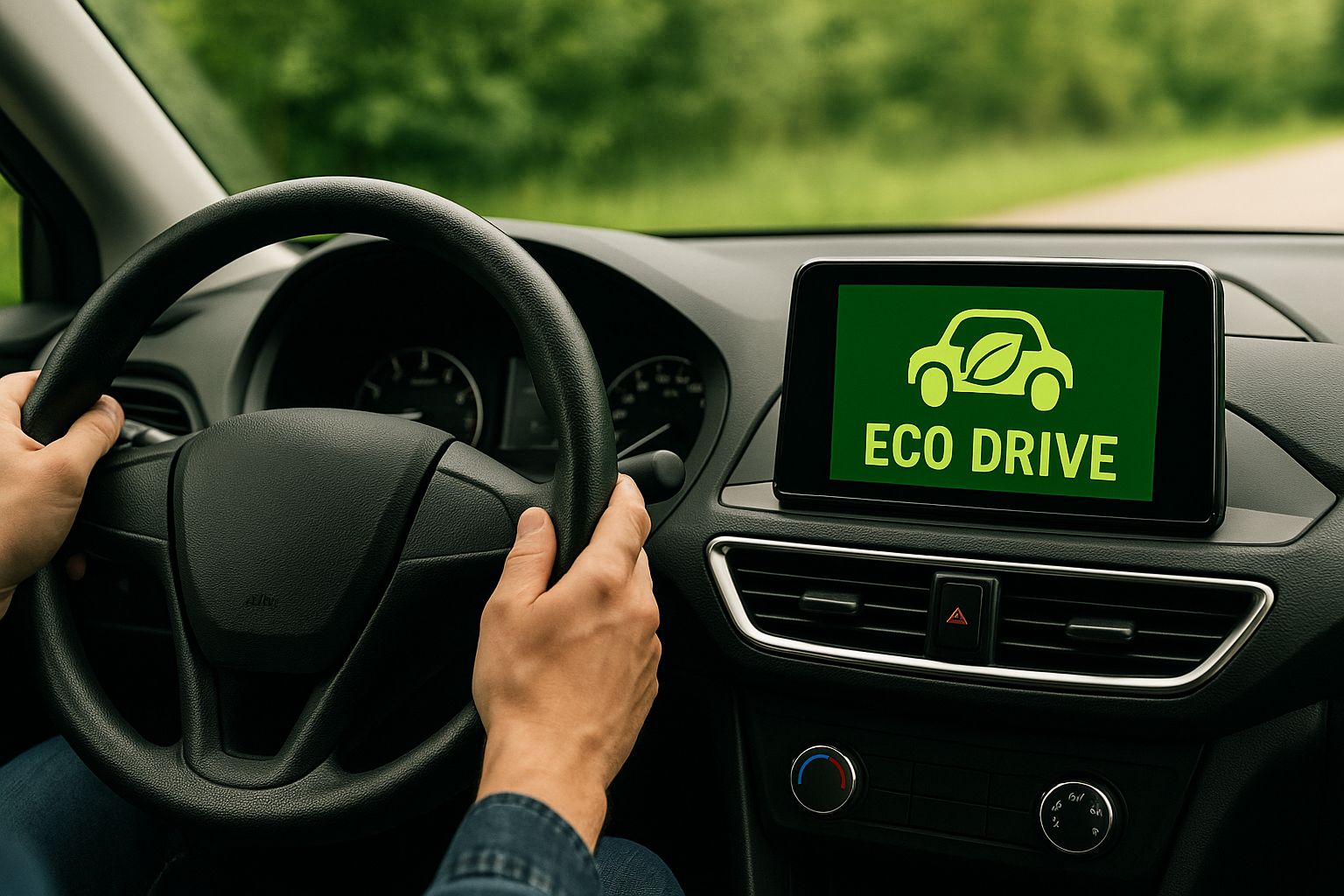
Eco Driving Tips for Your Swedish Theory Test
Published by KorkortTest4u.se • Updated May 2025
Eco-driving is an important part of the Swedish driving theory test (B-körkort). It teaches you how to drive in a way that saves fuel, reduces emissions, and protects the environment. These tips are not only good for the planet — they also appear on the exam and in real driving situations.
Why Eco-Driving Matters
Sweden has strict environmental goals. As a future driver, you're expected to understand how to reduce fuel use and drive efficiently. Eco-driving questions are common on the theory test, so knowing these tips will help you score higher.
1. Shift Early and Use High Gears
Shift up to a higher gear as early as possible. In modern cars, it’s okay to skip gears if traffic allows (e.g. 2nd to 4th). Driving at 50 km/h in 5th gear is usually no problem. This lowers engine revs and reduces fuel use.
2. Avoid Unnecessary Acceleration and Braking
Drive smoothly and plan ahead. Sudden acceleration and braking use more fuel. Keep a safe distance so you can adjust your speed without stopping often.
3. Use Engine Braking
When you release the gas pedal while in gear, fuel supply is cut completely. This is called engine braking. Use it to slow down instead of pressing the brake early.
4. Don’t Idle the Engine
Turn off the engine if you stop for more than a minute. Idling uses fuel and increases emissions, especially with a cold engine.
5. Use an Engine Heater in Winter
Using a block heater in cold weather reduces emissions and fuel use. At +5°C, use the heater for 45 minutes. At -15°C, about 1.5 hours is enough. Always use a timer to avoid wasting electricity.
6. Keep Tyres Properly Inflated
Low tyre pressure increases rolling resistance. Inflate tyres 10–15% above recommended levels (but never beyond safety limits). Check pressure at least once a month or before long trips.
7. Reduce Air Resistance
Remove roof boxes, ski racks, or heavy luggage when not needed. These increase drag and fuel use, especially at higher speeds.
8. Drive at Moderate Speeds
Fuel consumption increases sharply above 90 km/h. On motorways, reduce speed slightly to save fuel without losing much time.
Quick Summary for the Exam
- Shift up early and skip gears if safe
- Use engine braking whenever possible
- Turn off engine when stopped
- Use heater smartly in cold weather
- Check tyre pressure regularly
- Remove roof boxes when not needed
These tips will help you both on the theory test and in real life. Eco-driving is part of being a responsible, modern driver in Sweden.